Official Letter Format Template for Business Communication
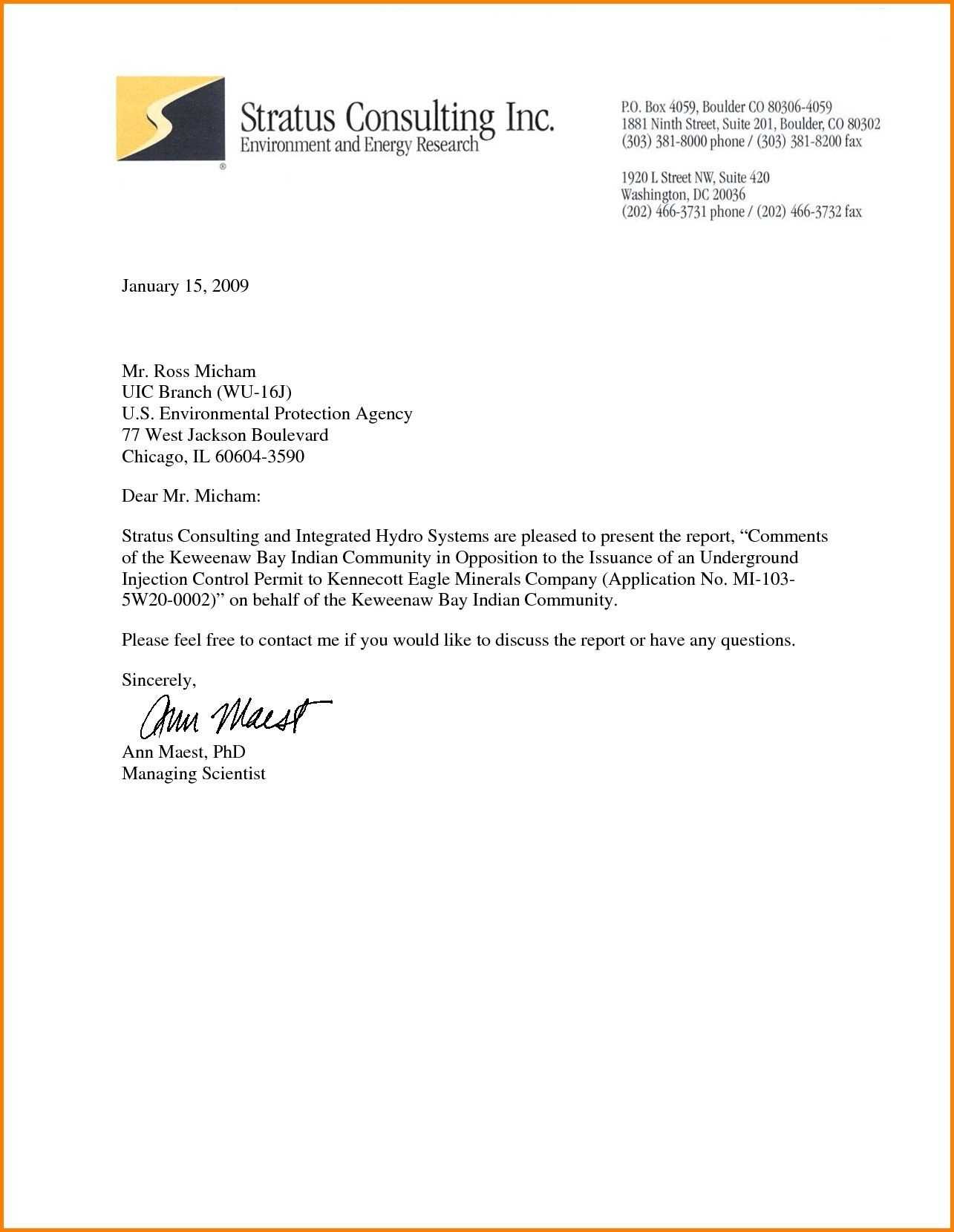
In formal communication, clarity and structure are essential to convey the intended message effectively. A well-organized structure ensures that the recipient understands the purpose and content with ease. This guide provides insights into composing structured written correspondence, focusing on key elements to include and common practices to follow for a polished result.
Key Components of Professional Communication
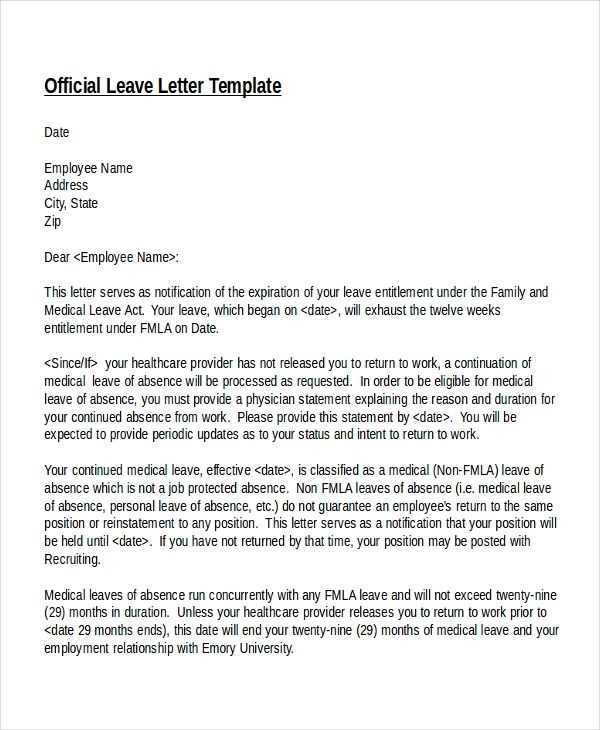
To create effective written communication, certain fundamental elements are required. These components help organize thoughts and present them in a professional manner:
- Heading: A clear title or subject line is crucial for identifying the message’s purpose.
- Salutation: Addressing the recipient respectfully sets the tone for the message.
- Body: The core of the message, where all relevant information is communicated logically.
- Closing: A polite closing statement, followed by your name or signature, wraps up the communication.
Tips for Structuring Written Correspondence
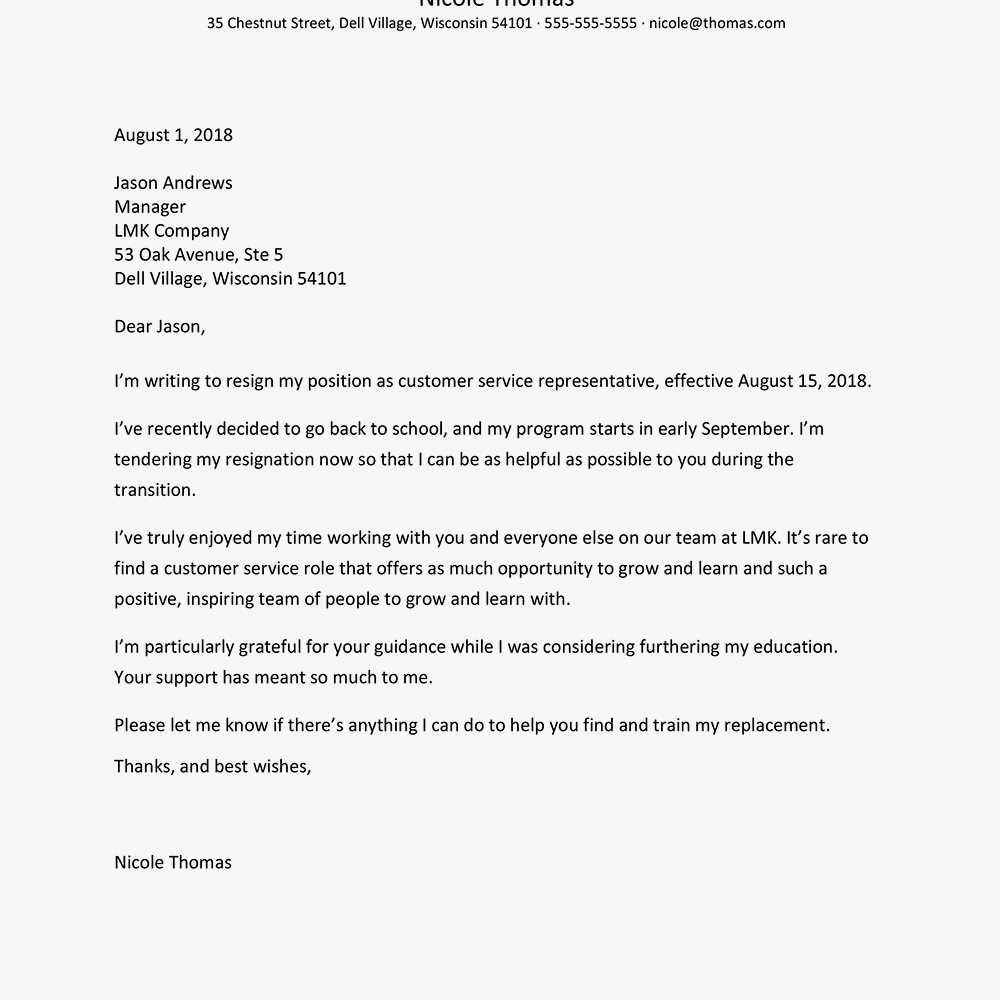
Proper organization is key to maintaining professionalism in your communication. Follow these suggestions for a clear, well-structured message:
- Maintain a clear purpose: Begin with a concise introduction stating the reason for writing.
- Be concise: Avoid unnecessary details or overly complex language. Stick to the point.
- Use paragraphs: Break the content into paragraphs for easier reading, each focusing on a distinct point.
- Proofread: Check for spelling and grammar errors to ensure a polished message.
Common Pitfalls to Avoid
While composing your communication, steer clear of the following common mistakes that could undermine professionalism:
- Using informal language or tone
- Overloading the message with irrelevant information
- Neglecting to proofread before sending
Examples of Professional Communication Layout
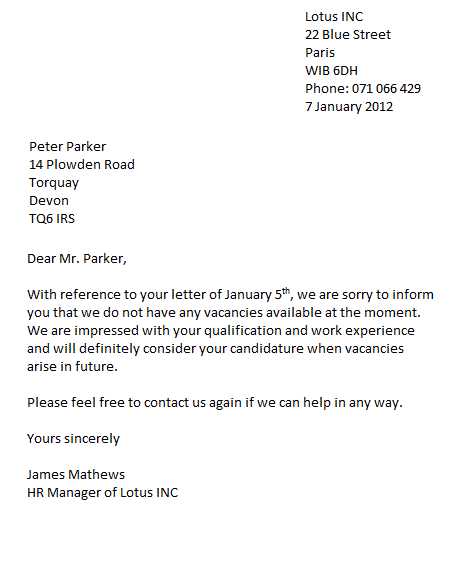
Below is an example of how to structure your communication:
Subject: Request for Information on Product Availability
Dear Mr. Smith,
I am writing to inquire about the availability of the XYZ model in your store. Could you please provide me with details regarding stock levels and pricing?
Thank you for your time and assistance.
Sincerely,
John Doe
When to Use Structured Correspondence
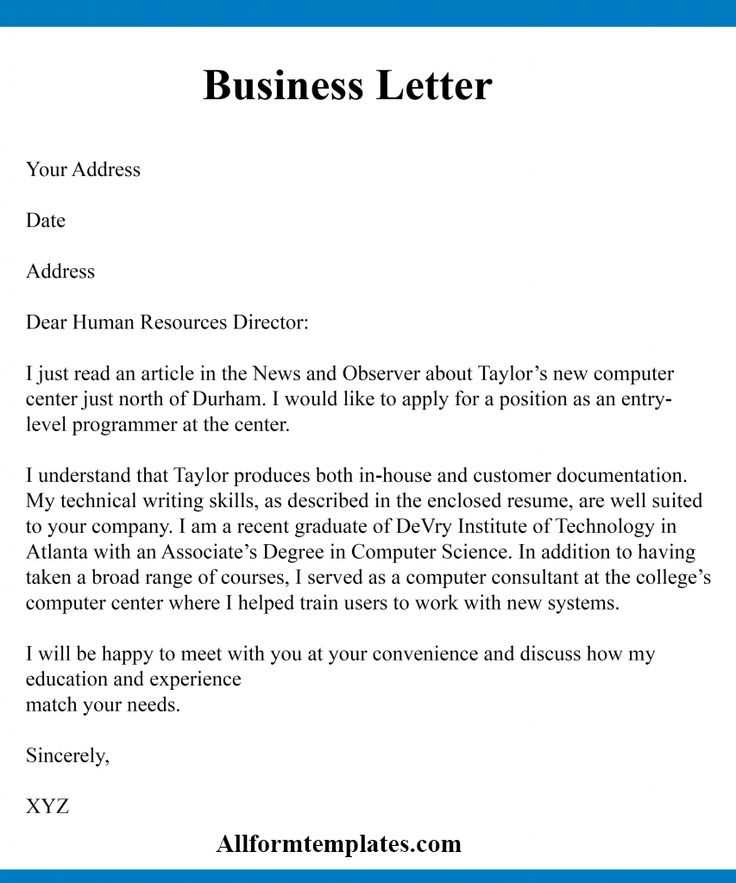
Structured communication is essential when addressing formal matters, such as job inquiries, business proposals, or official requests. It ensures that the message is professional, clear, and easily understood by the recipient.
Professional Correspondence Layout Overview
Key Elements of a Formal Document
How to Organize a Business Communication
Tips for Crafting Professional Messages
Common Mistakes in Business Writing
Examples of Structured Documents
When to Utilize Formal Writing Templates
In the world of business and formal communication, adhering to a proper structure ensures that messages are delivered clearly and professionally. By following specific guidelines, one can effectively convey ideas, requests, or information in an organized manner that meets industry standards. This section explores the core components of structured communication, offers tips for drafting professional documents, and highlights the most common errors to avoid.
Key Components of Formal Correspondence
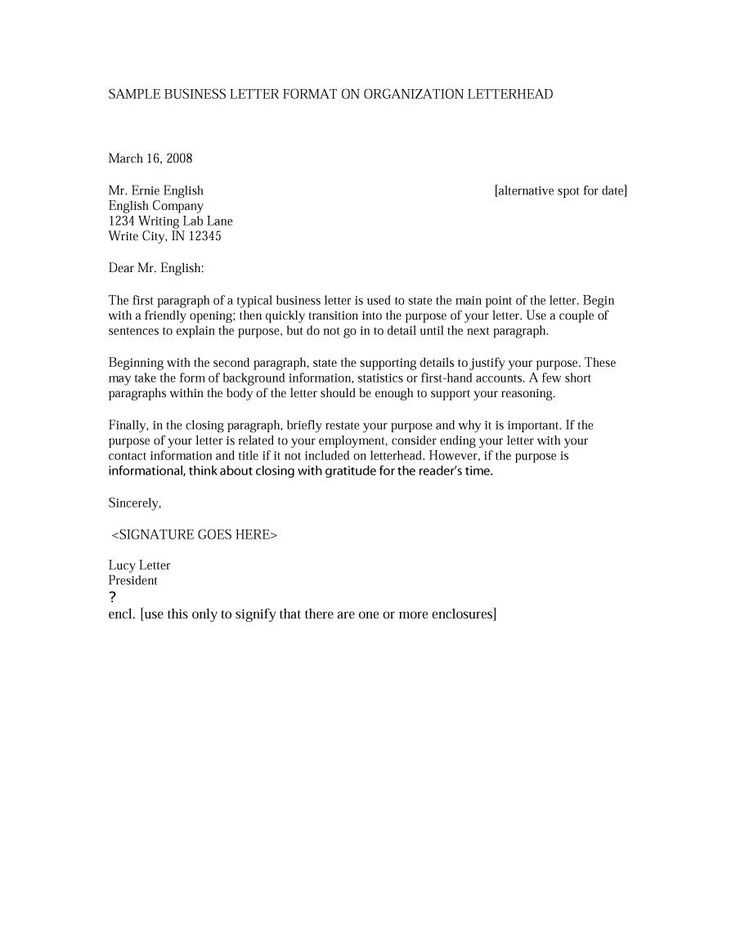
A well-constructed professional message typically includes several critical components that help organize the content and ensure clarity. The main sections include:
- Heading: A title or subject line that reflects the content of the communication.
- Salutation: A respectful greeting to address the recipient.
- Body: The main section where the purpose of the communication is conveyed.
- Closing: A courteous closing followed by your name or signature.
How to Organize a Business Communication
When drafting a business message, it’s essential to organize the content logically. Start with a clear introduction outlining the purpose, followed by the main points in well-structured paragraphs. End with a concise closing statement. This ensures that the recipient can quickly understand the message without confusion.
Proper organization helps maintain professionalism and increases the likelihood of a positive response. A clean, structured layout makes the communication easier to read, increasing its effectiveness and reducing the chances of misunderstandings.